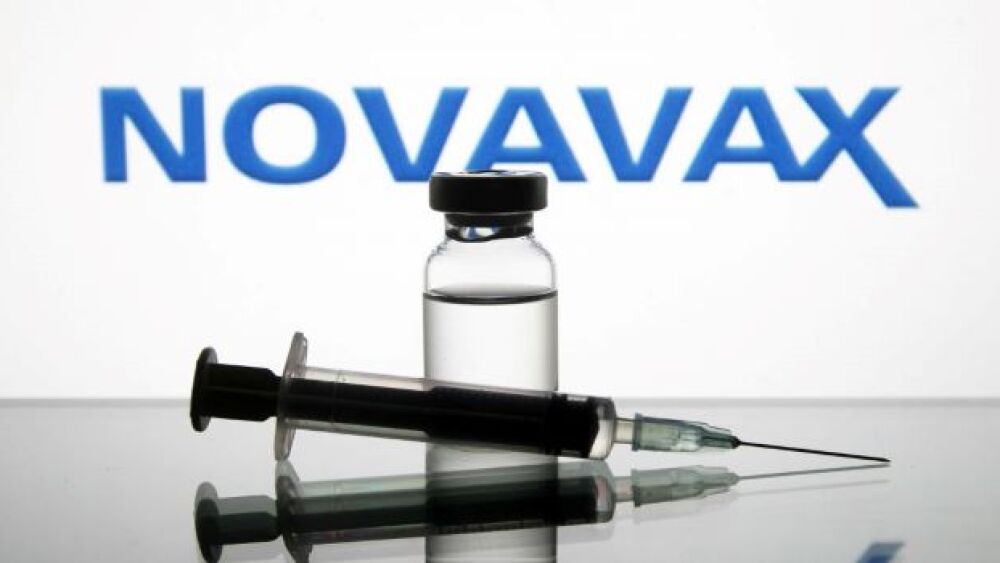The FDA derives just under half of its yearly funding from pharma user fees, which help support its operations and fund employee salaries. An analysis from AgencyIQ suggests that the agency is dangerously close to losing it all.
After being gutted this week, the FDA is now in a precarious position, at risk of losing one of its biggest funding streams: user fees, according to an analysis by policy expert Alexander Gaffney.
In an FDA Today article shared with BioSpace by Leerink Partners, Gaffney wrote (emphasis his), “I want to emphasize: We’re not talking about the user fee programs struggling to adapt to lost staff. We are talking about a catastrophic collapse.” FDA Today is a publication from AgencyIQ by Politico.
The FDA has several user fee programs, the most common of which is the Prescription Drug User Fee program, which applies to new drugs and biologics. The FDA also has separate user fee programs for medical devices, generic drugs, biosimilars and other pharma products.
These programs allow the FDA to collect fees from pharma companies filing product applications for review. All told, user fees comprise a huge chunk of the FDA’s total budget. In 2024, user fees totaled $3.328 billion, just under half of the agency’s total $6.872 billion balance.
The FDA uses this money to support its operations, primarily subsidizing employee salaries. The user fee program, importantly, does not ensure a favorable review for participating pharma companies. Instead, these participants are able to negotiate with the FDA on certain deliverables and performance metrics to which they can hold the agency accountable. These can include response times, a certain number of meetings and the like.
Under normal circumstances, the user fee program is reauthorized every five years, with the next cycle set to start in late 2027. However, because the negotiation process between agency and industry is complicated and elaborate, the program renewal process starts long before the next run is set to begin. According to Gaffney’s full analysis for AgencyIQ, the first step of the process for the next round of user fees is set to start in September 2025.
The problem, according to Gaffney, is that mass layoffs have left the FDA crippled, with not enough employees on staff to keep the user fee program going.
Citing interviews with regulatory policy staffers who were recently employed at the FDA, Gaffney pointed to what is called the “trigger mechanism” of the user fee program, which is meant to “ensure that the FDA and appropriators do not fall below historical funding levels and are not tempted to use industry user fees to replace appropriated funding.” If funding does fall below certain thresholds, the FDA will no longer be allowed to collect user fees and will instead be required to refund existing fees.
“The agency is dangerously close to triggering those conditions after the layoffs,” Gaffney wrote. Many staffers who were familiar with the financial workings of the user fee programs have been let go, and each additional employee who exits and isn’t replaced “leaves the agency in a more precarious position.”
Worse still, apparently “hardly anyone” knows that this trigger mechanism exists, Gaffney warned, or how close the regulator is to hitting it.
If the FDA hits this trigger threshold, Gaffney continued, “it would lose billions in funding and be forced to furlough thousands of additional staff.”
According to a note from Leerink analysts to investors Friday morning, “Congress could introduce a statutory delay if user fee programs’ appropriated funding falls below the trigger, which could provide the FDA some time to comply. But in the wake of significant DOGE cuts, the agency may struggle to hire staff. And since RFK Jr. has been critical of industry ties to FDA, he may make it more challenging for industry to engage with FDA and renegotiate user fee programs.”






